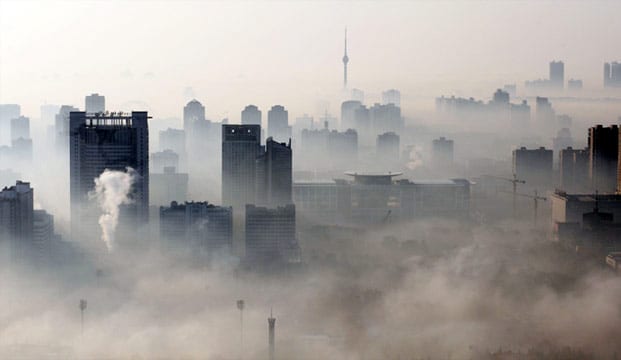“Part two: Defining the risk framework” of the First Assessment Report of the Urban Climate Change Research Network goes over cities, disasters, and climate risks (focusing on general climate change adaptation and risk reduction strategies) as well as processes, trends, and projections in urban climates (presenting four city-focused case studies). Overall, though, it is best said that it examines the connections between cities and the management of these negative consequences of climate change. Researchers today are ninety percent sure that the average global temperature increase over the last century has to do with human activity, making large cities some of the main causes. On top of being apart of the root of the problem, it is also concerning how if something were to happen, these cities with large, dense populations would all be greatly impacted in negative ways. Cities are at risk for droughts, floods, storms, and heat waves, and all of these can impact their overall effectiveness and start turning them into run down places with more people living in slums than anything else. Although these things may not seem so soon in our future, even “gradual changes such as a rise in mean temperature do affect cities in at least two significant ways: by increasing the frequency and intensity of extreme events and burdening existing infrastructure.” People have been researching the problem and are now using some of this new information regarding climate risks to better plan cities. It is argued that there is a lot of common ground between climate change adaptation and risk reduction planning in cities, and the report makes sure to go over the idea of converging the two. In addition to this, the report covers other things such as assessing the nexus of disaster reduction and adaptation (hazards, vulnerability and adaptive capacity), and (as mentioned earlier) climate risk assessment in selected case studies. Cities from the case studies include Buenos Aires in Argentina, Delhi in India, Lagos in Nigeria, and New York City in the United States.
Featured image source: http://www.cnn.com/2011/WORLD/europe/11/25/cities.climate.change/index.html




